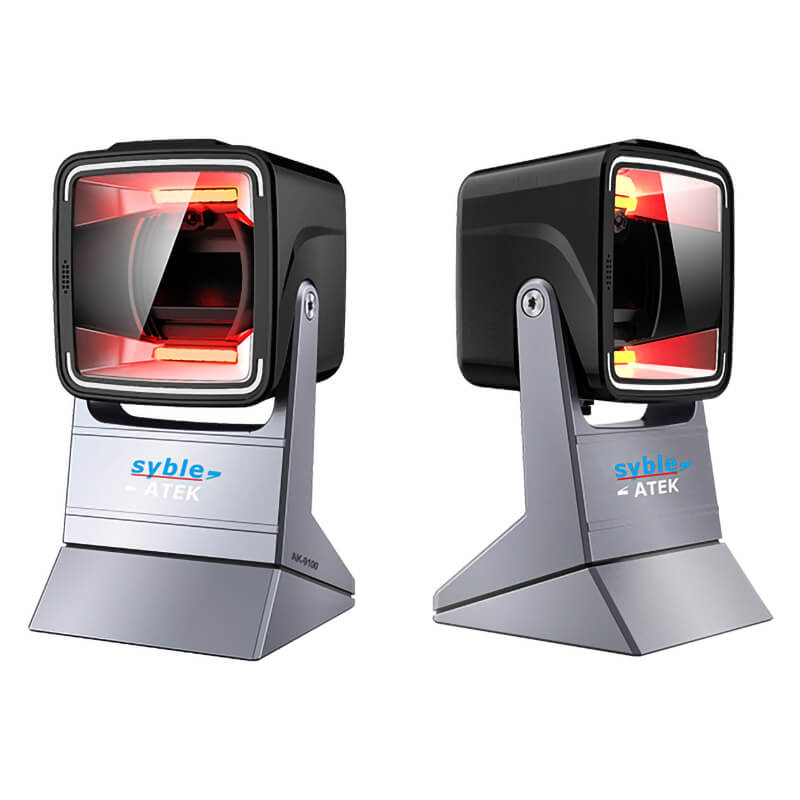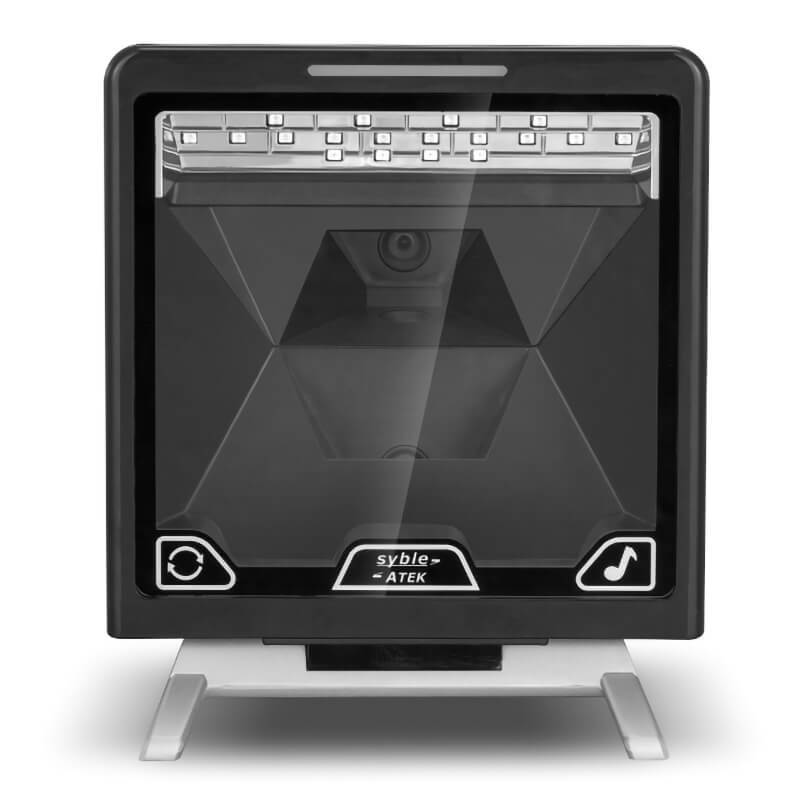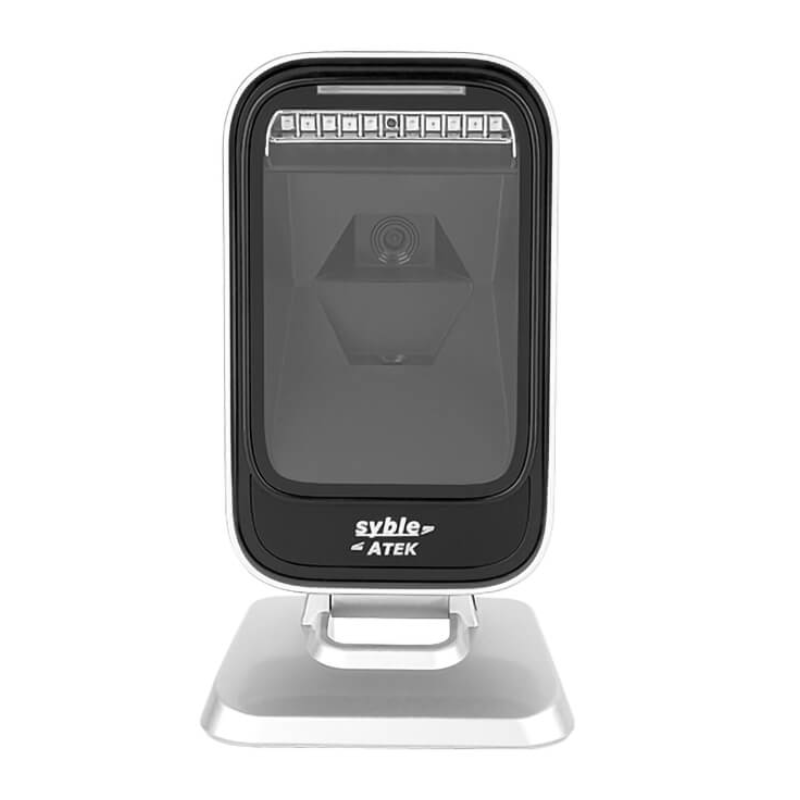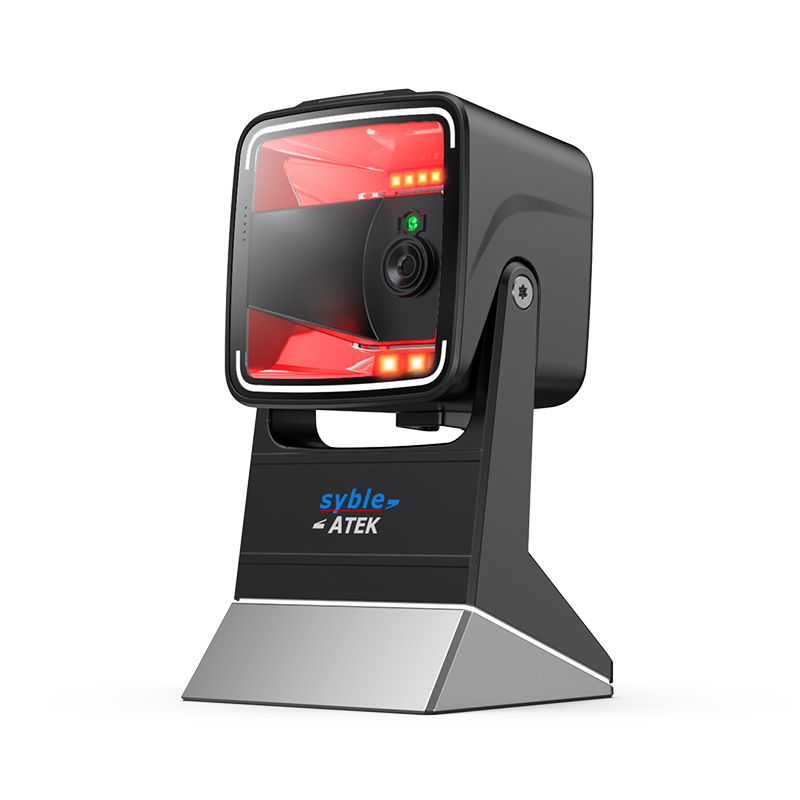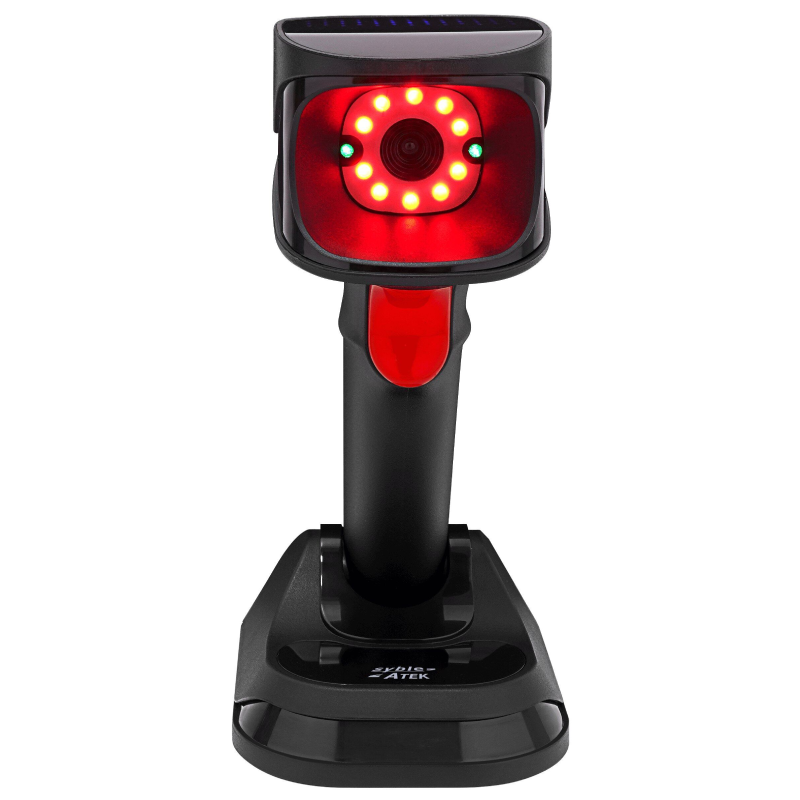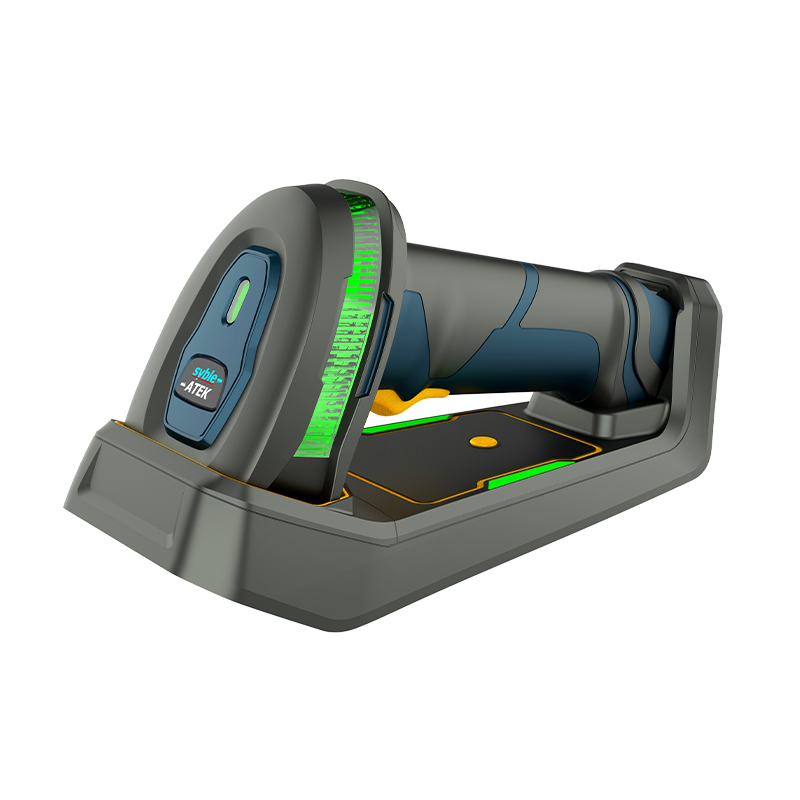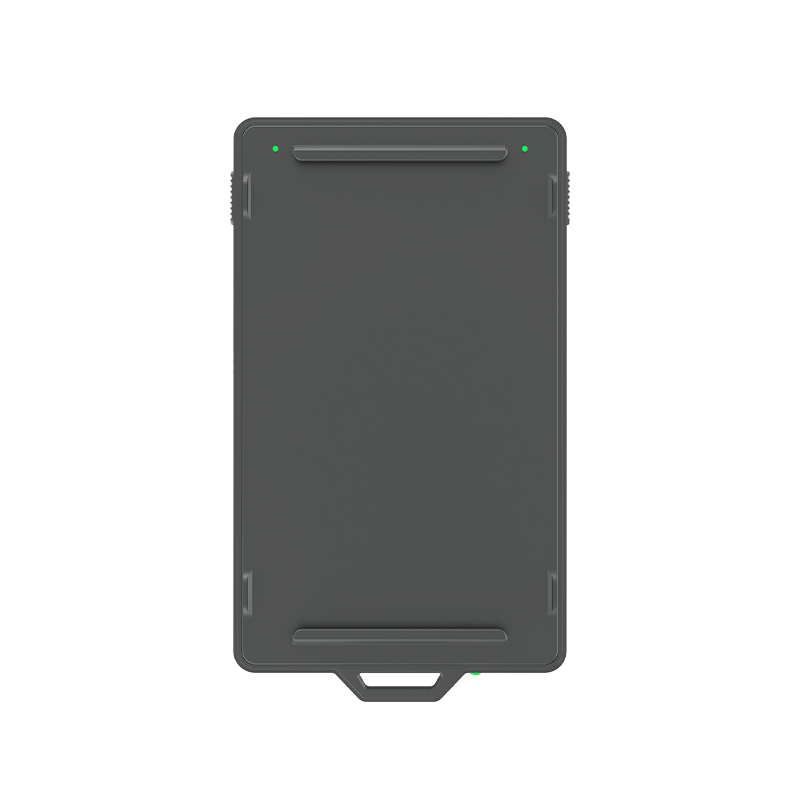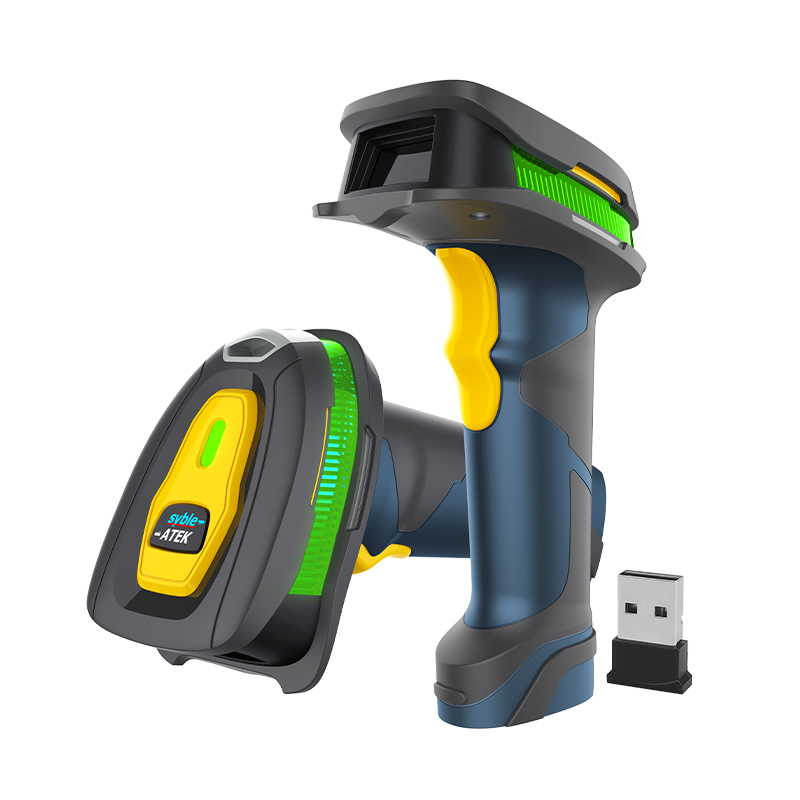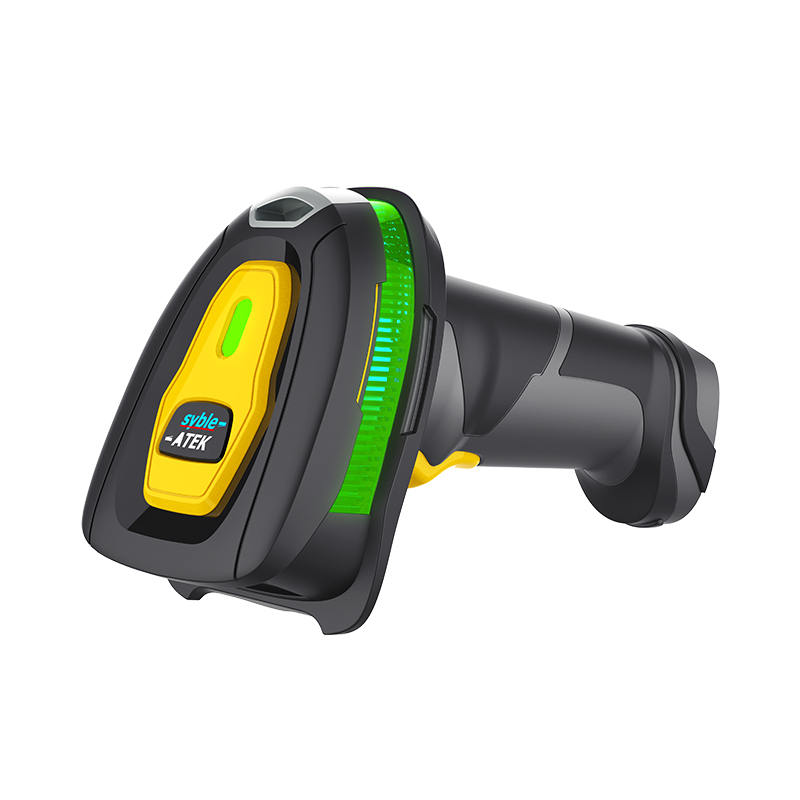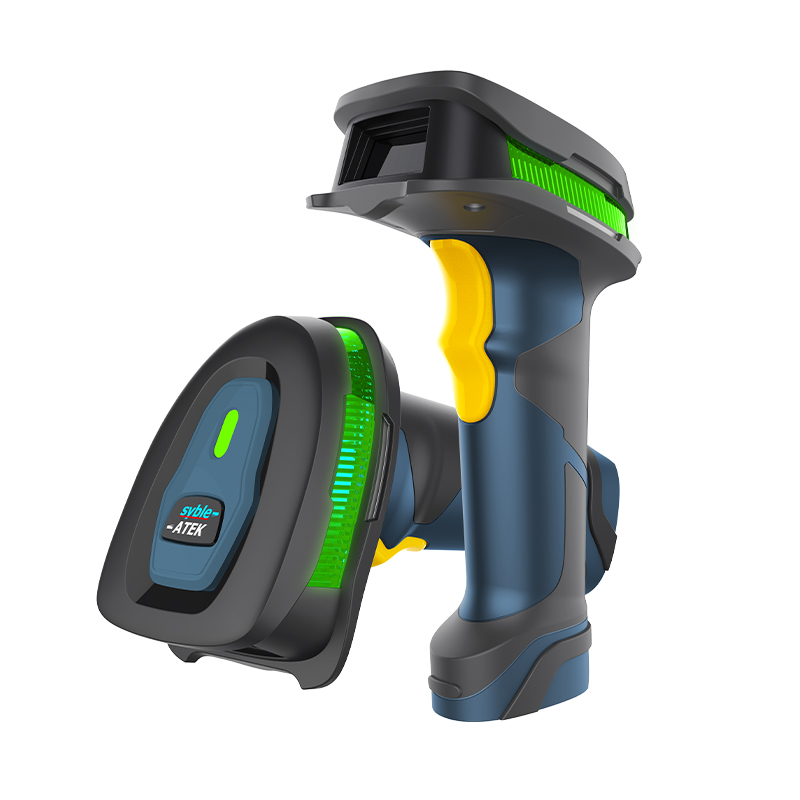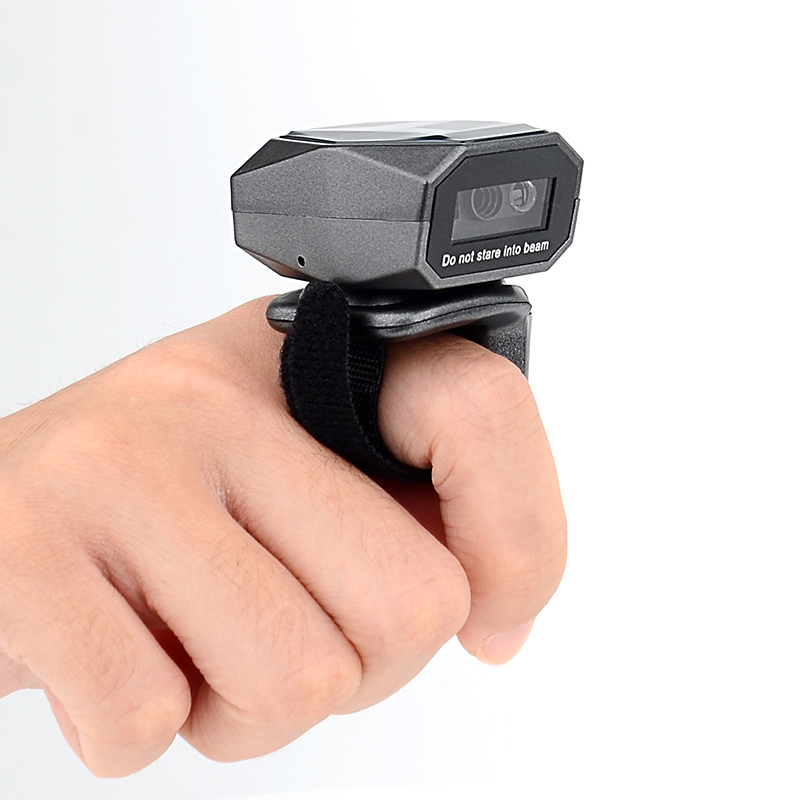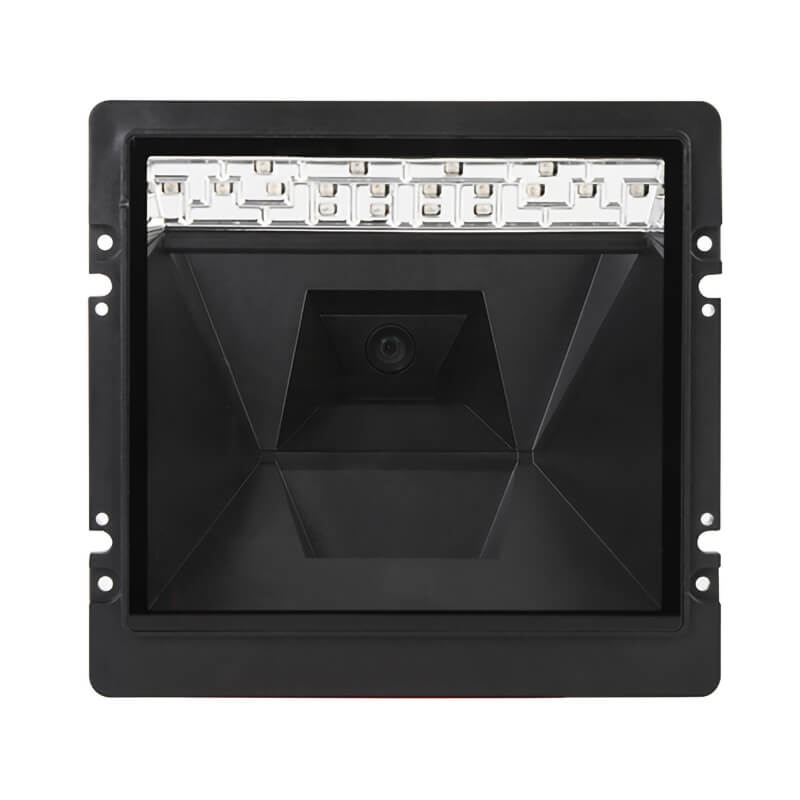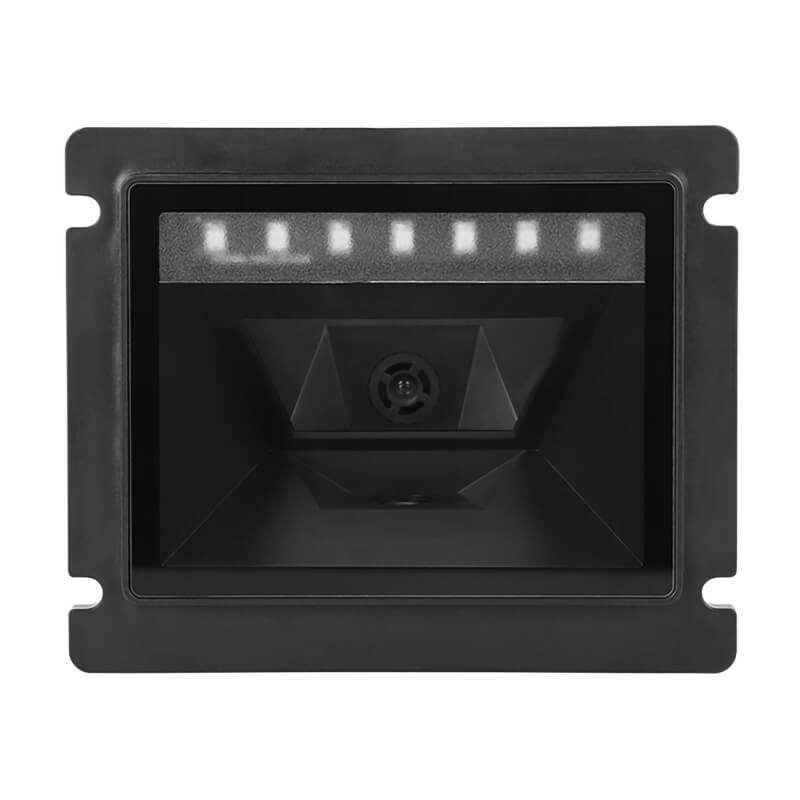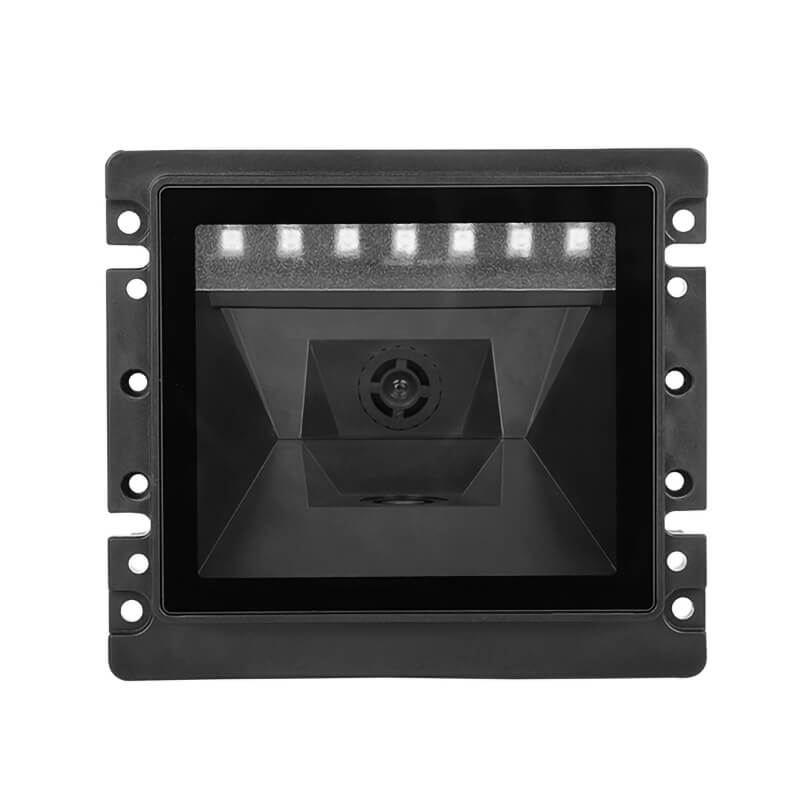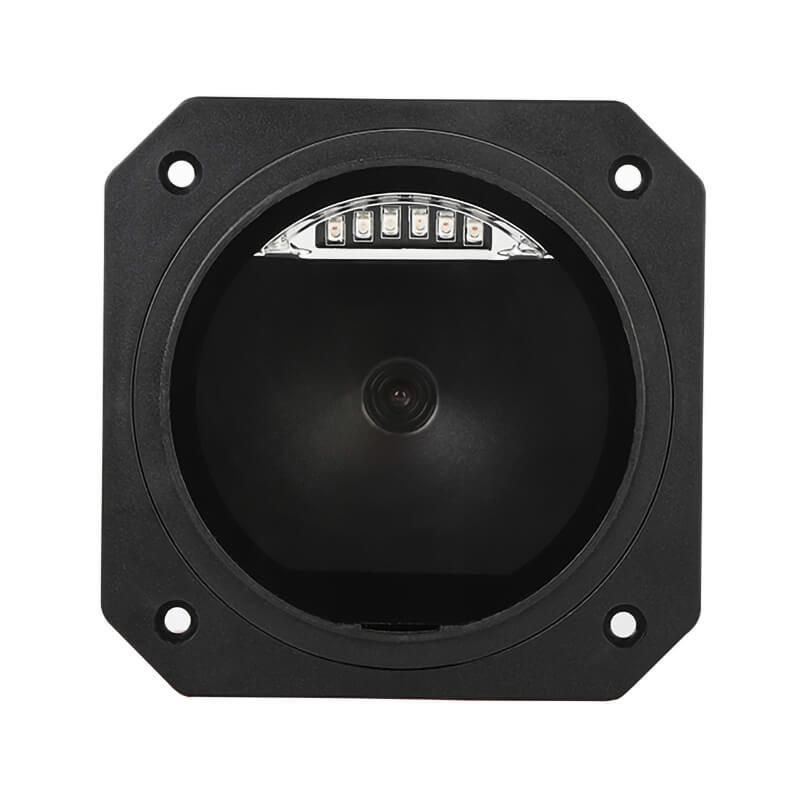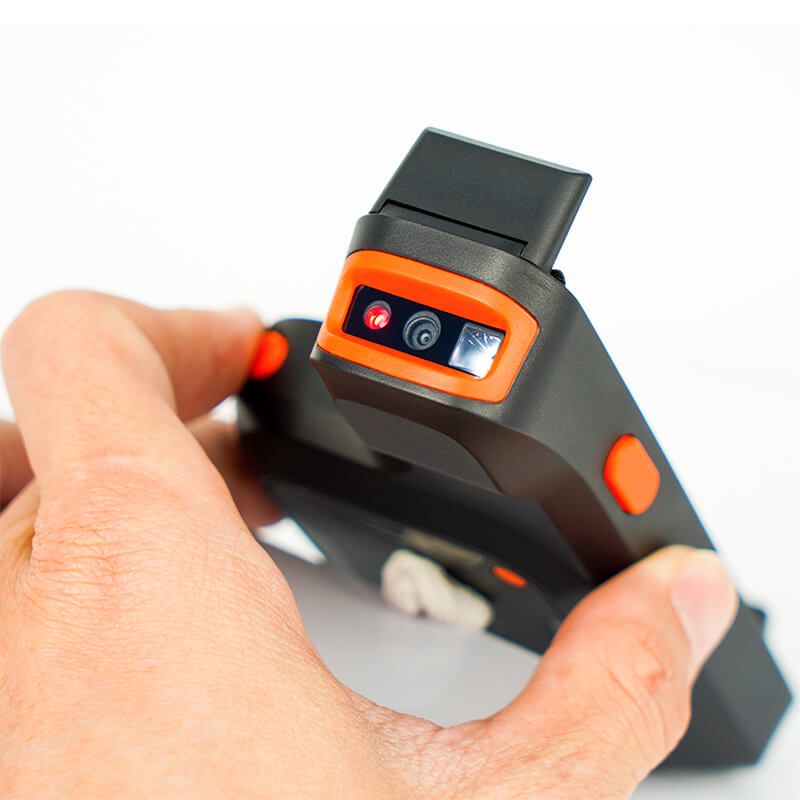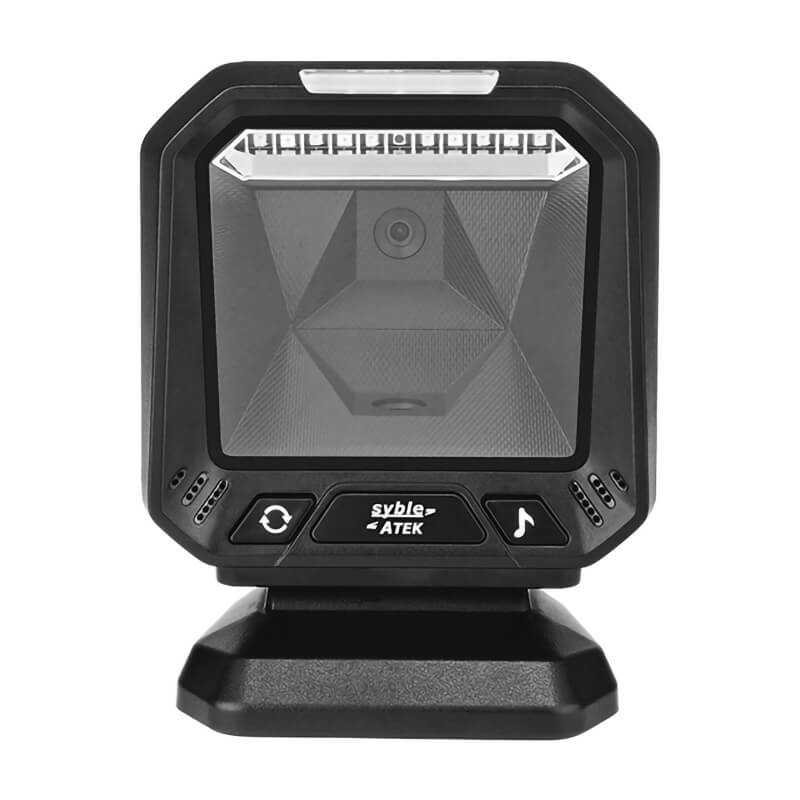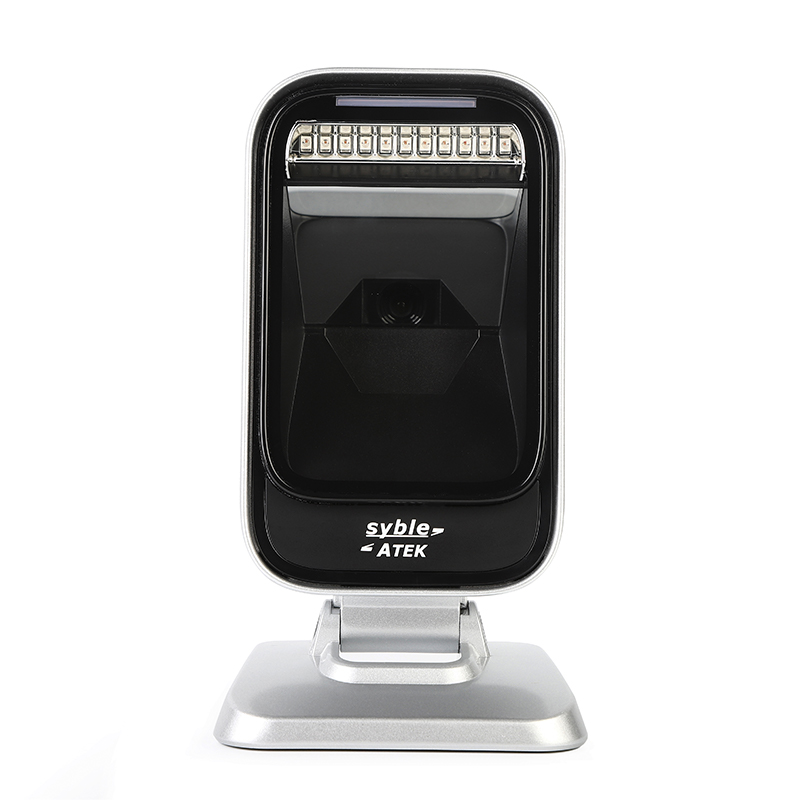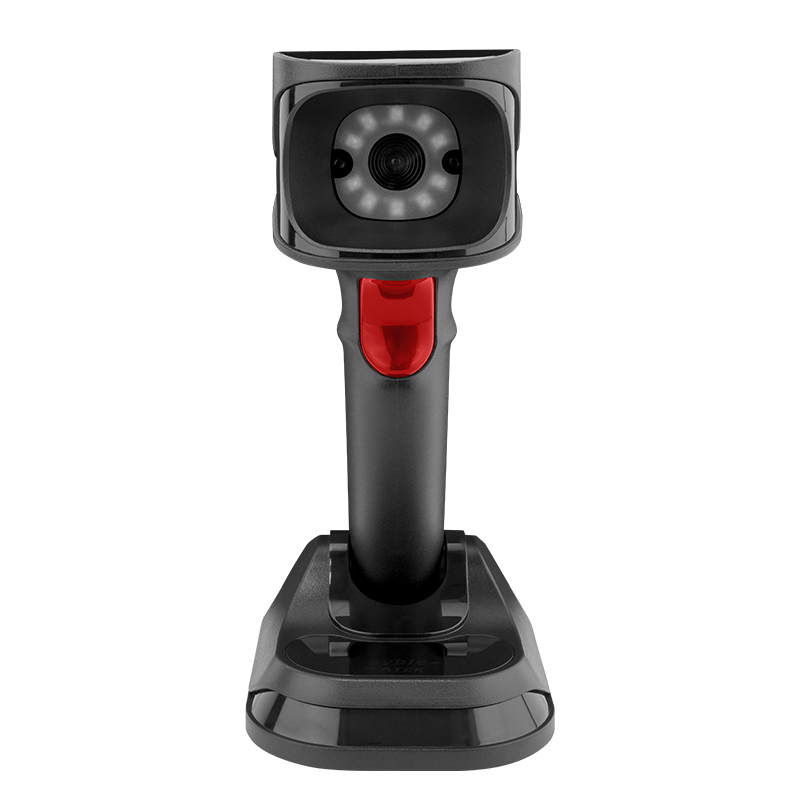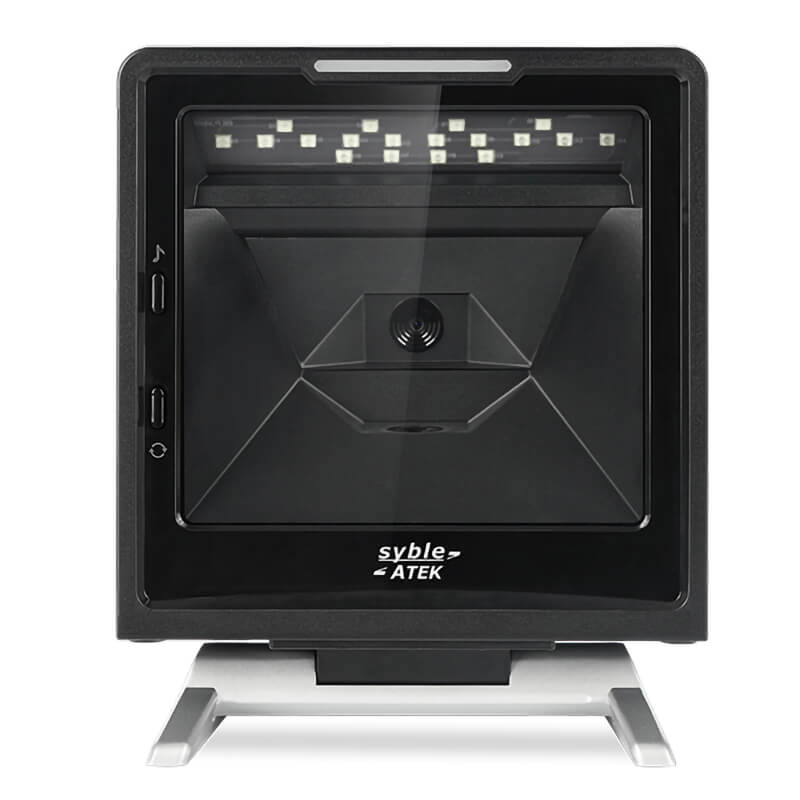In the fast-paced world of healthcare, ensuring patient safety and operational efficiency is paramount. Barcode technology has emerged as a powerful tool to address these critical needs. By enabling accurate patient identification, reducing medication errors, and streamlining workflows, barcode technology significantly enhances the quality of care provided. This article explores the various advantages of implementing barcode technology in healthcare settings, backed by real-world examples and statistics.
Enhanced Patient Safety
Accurate Patient Identification
One of the most significant benefits of barcode technology is its ability to ensure accurate patient identification. Upon admission, patients receive a barcode wristband that contains their unique identification information. This wristband is scanned before administering any medication or treatment, ensuring that the correct patient receives the appropriate care. This process minimizes the risk of patient misidentification, which can lead to serious medical errors.
Reduction in Medication Errors
Medication errors are a common and potentially dangerous issue in healthcare. Barcode medication administration (BCMA) systems help mitigate this risk by verifying the 'five rights' of medication administration: the right patient, drug, dose, route, and time. Studies have shown that the implementation of BCMA technology can reduce adverse drug events (ADEs) by up to 50% and serious errors by 25%.
Improved Specimen Collection and Analysis
Barcode technology also plays a crucial role in specimen collection and analysis. Each specimen is tagged with a barcode that links it to the patient's electronic health record (EHR). This ensures that the correct specimen is collected, analyzed, and matched to the right patient, reducing the risk of diagnostic errors.
Streamlined Workflow and Efficiency
Quick Access to Patient Records
Barcode technology enables healthcare providers to quickly access patient records by scanning a barcode on the patient's wristband or medical chart. This instant access to information saves time and reduces the likelihood of errors associated with manual data entry.
Automated Data Entry and Reduced Manual Errors
Automating data entry through barcode scanning eliminates the need for manual input, which is prone to errors. This not only improves the accuracy of patient records but also frees up healthcare professionals to focus more on patient care.
Time-Saving for Healthcare Professionals
By streamlining various administrative tasks, barcode technology allows healthcare professionals to spend more time on direct patient care. This increased efficiency can lead to better patient outcomes and higher job satisfaction among staff.
Improved Medication Administration
Ensuring the 'Five Rights' of Medication Administration
BCMA systems ensure that the correct medication is administered to the right patient at the right time, dose, and route. This verification process is crucial in preventing medication errors and ensuring patient safety.
Integration with Electronic Medication Administration Record (eMAR)
Barcode technology integrates seamlessly with eMAR systems, providing real-time updates to patient records. This integration helps healthcare providers track medication administration accurately and reduces the risk of transcription errors.
Reduction in Adverse Drug Events (ADEs)
The use of barcode technology in medication administration has been shown to significantly reduce the rate of ADEs. A study conducted at a 400-bed academic medical center found that the implementation of BCMA and eMAR technology decreased the overall rate of ADEs from 0.26% to 0.20%.
Asset Tracking and Inventory Management
Tracking Medical Equipment and Supplies
Barcodes are used to track medical equipment and supplies, ensuring that they are available when needed and reducing the risk of loss or theft. This tracking capability is particularly important for high-value items and critical medical devices.
Reducing Wastage and Improving Stock Management
Barcode technology helps healthcare facilities manage their inventory more efficiently by providing real-time data on stock levels. This reduces wastage and ensures that supplies are reordered in a timely manner, leading to cost savings.
Cost Savings through Efficient Inventory Control
Efficient inventory management enabled by barcode technology can lead to significant cost savings. By reducing wastage and ensuring optimal stock levels, healthcare facilities can lower their operational costs and allocate resources more effectively.
Integration with Electronic Health Records (EHR)
Seamless Data Flow between Barcode Systems and EHR
Barcode technology facilitates seamless data flow between barcode systems and EHRs. This integration ensures that patient information is updated in real-time, providing healthcare providers with accurate and up-to-date data for decision-making.
Real-Time Updates to Patient Information
Real-time updates to patient information enhance the accuracy and completeness of medical records. This is particularly important in emergency situations where timely access to patient data can be critical.
Enhanced Decision-Making for Healthcare Providers
Access to accurate and up-to-date patient information enables healthcare providers to make informed decisions quickly. This can lead to improved patient outcomes and more efficient care delivery.
Implementation Considerations
Staff Training and Adoption
Successful implementation of barcode technology requires comprehensive staff training. Healthcare professionals need to be familiar with the new systems and understand how to use them effectively. Training programs should cover system functionality, troubleshooting, and best practices.
Integration with Existing Systems
Barcode technology should integrate seamlessly with existing healthcare systems, such as EHRs and inventory management systems. This integration ensures that data flows smoothly between different platforms, enhancing overall efficiency.
Cost-Benefit Analysis
Before implementing barcode technology, healthcare facilities should conduct a cost-benefit analysis to determine the potential return on investment. This analysis should consider the costs of purchasing and maintaining the technology, as well as the potential savings from improved efficiency and reduced errors.
Data Security and Privacy Concerns
Ensuring the security and privacy of patient data is crucial when implementing barcode technology. Healthcare facilities must implement robust security measures to protect sensitive information and comply with regulatory requirements.
Conclusion
The implementation of barcode technology in healthcare offers numerous advantages, including enhanced patient safety, streamlined workflows, improved medication administration, and efficient inventory management. As healthcare facilities continue to adopt and integrate this technology, they can expect to see significant improvements in the quality of care provided. Future trends in barcode technology, such as the use of QR codes and RFID, promise to further enhance its benefits. Healthcare facilities should consider implementing barcode technology to improve patient outcomes and operational efficiency.

